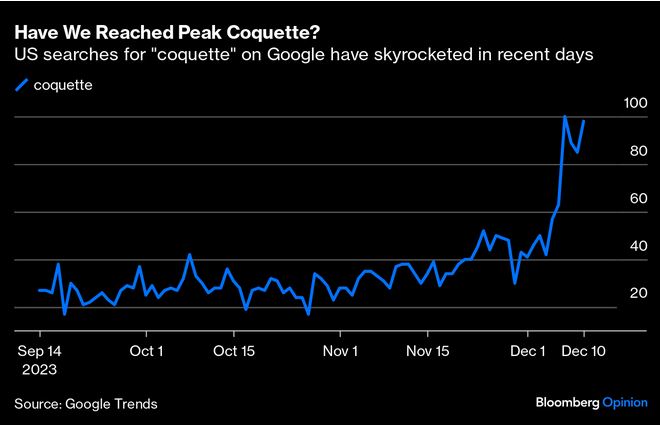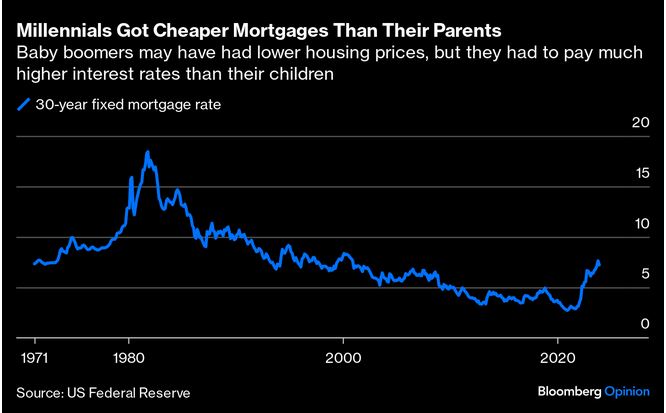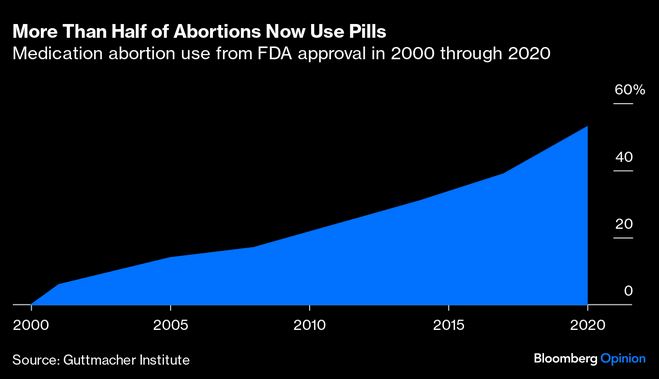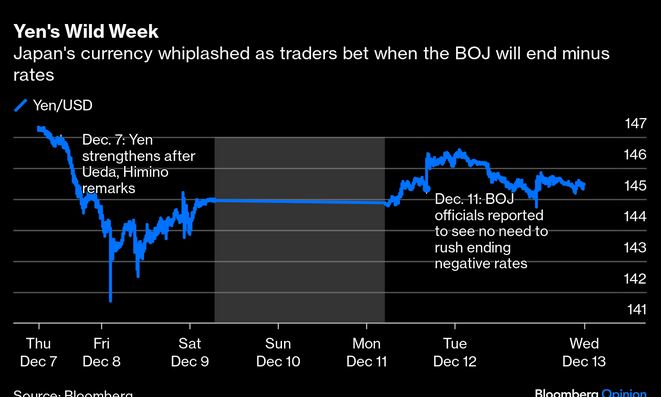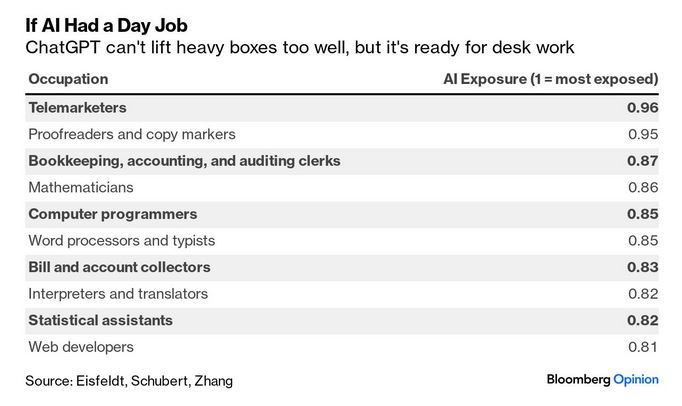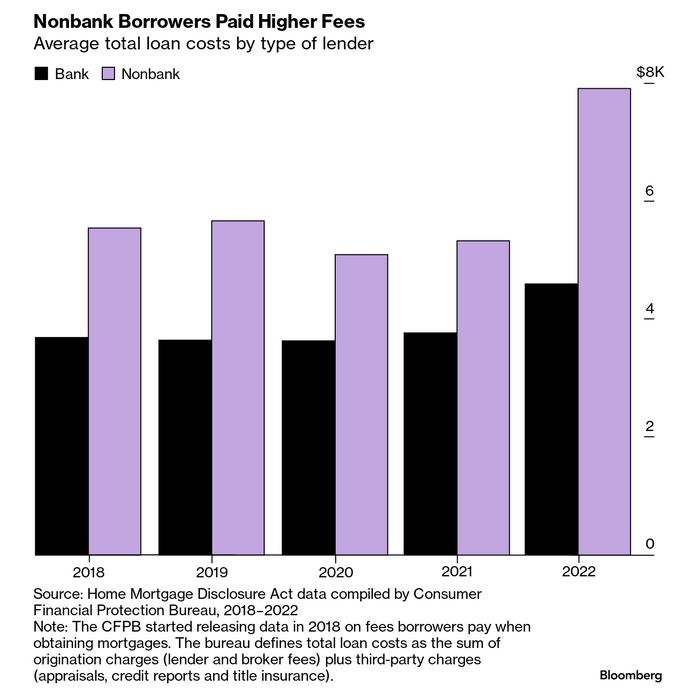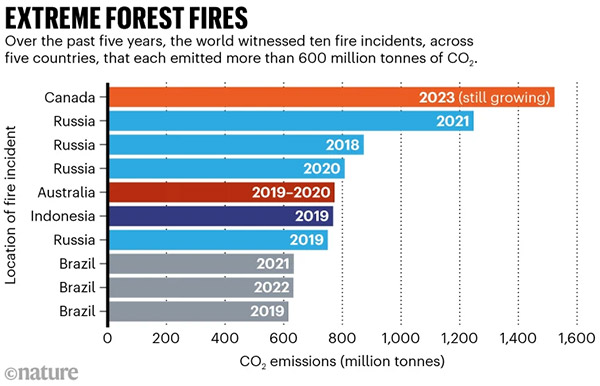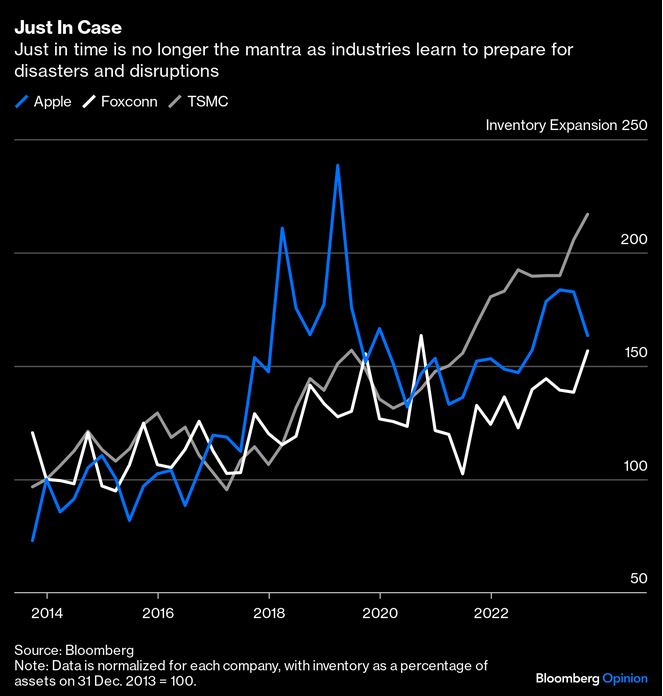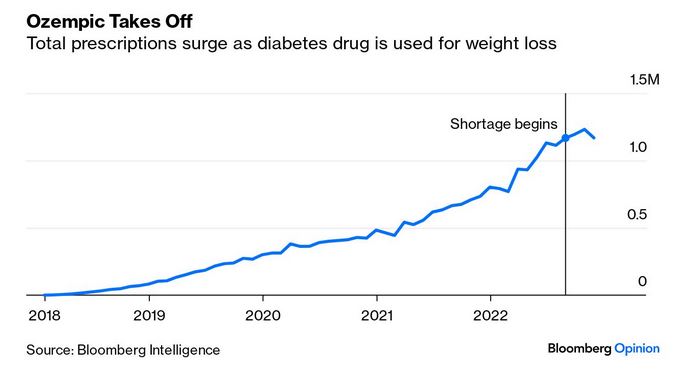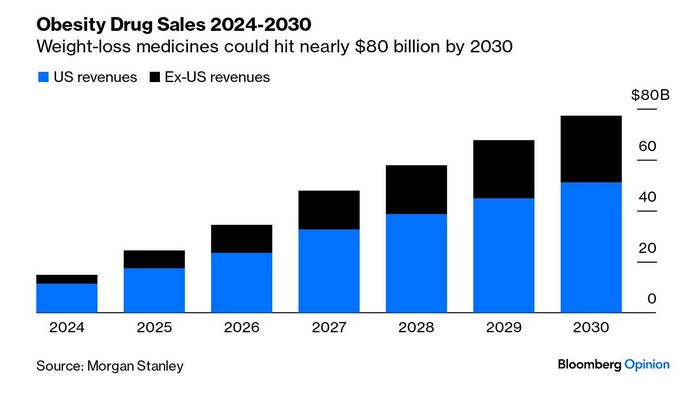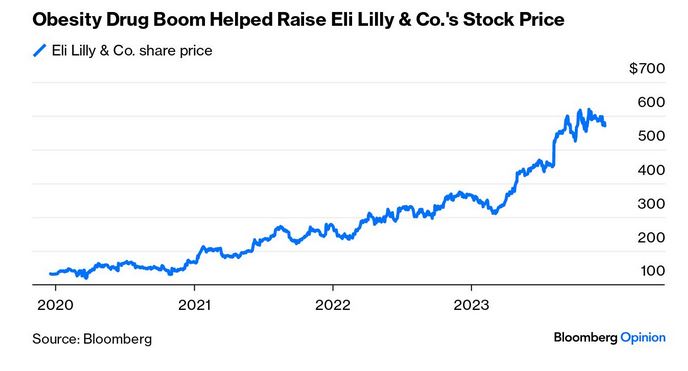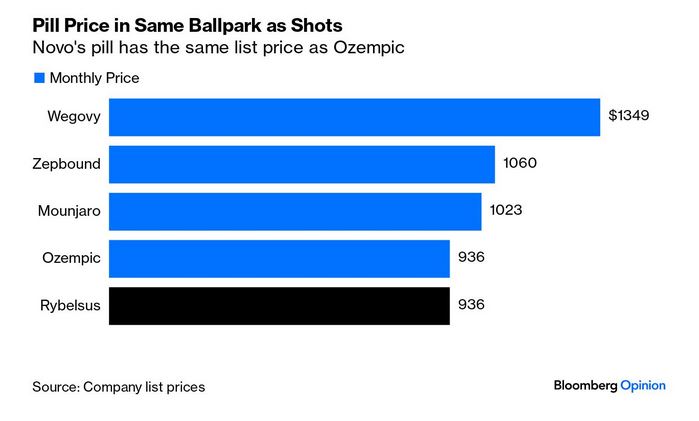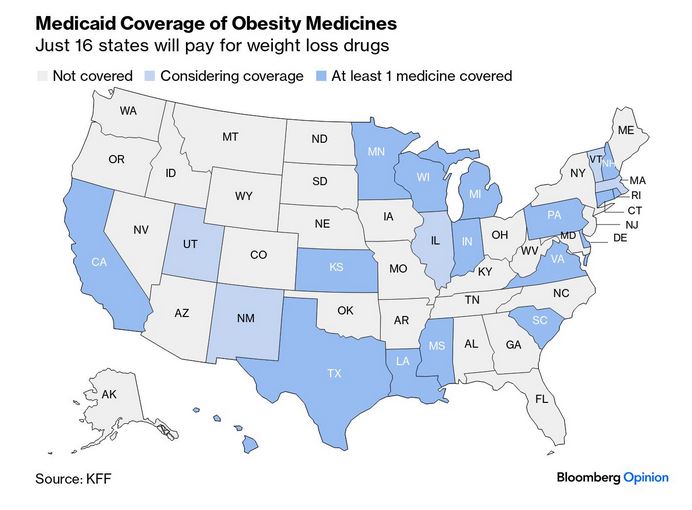
Châtenay-Malabry (FR - 92290), December 25, 2023
EFITA newsletter / 1085 - European Federation for Information Technology
in Agriculture, Food and the Environment
The informatique-agricole.org site offers you the possibility of subscribing
the RSS feeds of its two newsletters
See RSS feeds
to implement to ensure that you continue to receive this newsletter
To unsubscribe
this newsletter, please contact me directely: guy.waksman(a)laposte.net
if this
link Unsubscribe does not work.

To correspond with me (GW), please use this address: guy.waksman(a)laposte.net
To subscribe the efita newsletter (please ask your friends and colleagues
to test this link)
Efita
Newsletters subscription
The best-kept holiday secret: Heritage breed turkeys, by Dr. Kevin Folta,
Agdaily, December 15, 2023
.../...
By purchasing a heritage breed turkey the consumer plays an important role
in variety conservation.
Many of these older varieties are raised by a relatively small number of
producers, with the only incentive to keeping the genetics intact is ironically
the market for holiday birds. The White Holland and Beltsville Small White
are considered threatened by the Livestock Conservancy, meaning fewer than
1,000 breeding birds in the United States. The iconic Narragansett was down
to 87 breeding birds in 1997, reaching 2,233 in 2015, and today reports
over 5,000. Rekindled interest in heritage breeds has helped improve the
Royal Palm from “threatened” (fewer than 1,000) to “watch” status, a step
in the right direction, ensuring their bloodlines will continue into future
generations.
>>> Conclusions
Some scoff at the notion of a “boutique” turkey, typically sold in farmers
markets or specialty meat stores for $8 to $10 per pound. However, those
with the courage to break from the tradition of a grocery store freezerball
find they are pleasantly surprised by the newfound flavors and textures
of a field-raised bird and its relatively ancient genetics. Next holiday
season, find a local farmer who raises heritage breed turkeys. Try one on
Thanksgiving and a commercial turkey on Christmas. Or better yet, try a
standard commercial turkey cooked along side of a heritage breed. This way
you can do the direct comparison and experience the advantages of both.
A standard commercial turkey is an amazing testament to breeding and genetics,
and we should be grateful for their availability and affordability. However,
new experiences are always welcome, and the addition of a heritage breed
turkey can elevate the holiday experience, bringing in something new, while
preserving the genetics that created yesteryear’s flavors.
See
agdaily.com
USDA issues permit for Santa’s reindeer to enter the U.S, by AGDAILY
Reporters, December 21, 2023
See
agdaily.com
The cows can talk on Christmas, by Elizabeth Maslyn, December 23, 2021
If all your sister wants is a horse fanny pack for Christmas … you might
be a farmer.
If your daughter’s favorite Christmas present was a plastic cabbage … you
might be raising a farmer.
If your family Christmas card picture is with a cow … you might have been
raised on a farm.
If you kick off Christmas morning by feeding the goats … you are definitely
living on a farm!
Christmas time on the farm is a funny thing. You think that you only have
four kids to shop for, but when each kid has their 4-H rabbits, horses,
and goats, the Santa list can get a little out of hand!
Every parent has their own Christmas stories to tell their kids, whether
their house is Santa’s first stop or last, whether he likes white milk or
chocolate, or if he prefers frosted cookies over molasses!
For my family, Christmas wasn’t a time for tales. Christmas is a time where
my whole family comes together for an evening. I have grown up on an old
dairy farm, the farm where my dad and his siblings were raised. Although
many of my family members don’t work in agriculture anymore, they still
get excited to see the critters in the barn. Christmas is the yellow barn
cat’s favorite time of the year!
.../...
See
agdaily.com
Before computers: The farmyard in 1926 in Bourbonnais (Allier department
- French Centre Mountains)
Weekly newsletters about ICT in Agriculture in English and French
Both newsletters have around 5000 subscribers.
>>> Last weekly EFITA Newsletters in English (created in 1999)
Efita
Newsletters
>>> Last weekly AFIA Newsletters in French (created more than 20
years ago in 1997) Afia
Newsletters
>>> Statistics
for the latest efita newsletter
>>> Latest
issue of the afia newsletter
>>> Latest
available satistics for the afia newsletter
10 Years of AgriFoodTech (and AgFunder!) - a Celebration and Potted History
Ten years ago, Michael Dean and Rob Leclerc incorporated AgFunder with the
mission to bring more investment and innovation to the agriculture and food
sectors.
This was the same year Monsanto acquired Climate Corporation in what remains
the most pivotal deal of agrifoodtech history.
At the time, Climate Corp. founder Dave Friedberg sent a lengthy letter
to his staff explaining why he had decided to sell to Monsanto, then considered
one of the most "evil" companies in the world.
His own research on the company, he wrote, revealed the power of "wholly
inaccurate" articles and "out-of-context rhetoric" that had
turned Monsanto into the demon of the ag industry. He encouraged Climate
Corp. staff to "take the time first to be informed" before pronouncing
judgement on any new idea, technology or company.
AgFunder has striven to do just that over the last decade — to base decisions
on objectivity, accuracy, science, and context. This is as true for the
articles we write as it is for the deals our investment team makes.
The hope is that our special report — an 83-page dive into the last decade
in agrifoodtech — showcases our commitment to the industry and the principles
we need to keep intact to make the next decade a success for the planet.
It's also a celebration of the astounding growth of the agrifoodtech community
and the countless startups, researchers, academics, entrepreneurs, investors
and others that have helped make this community what it is over the last
10 years.
You can download our e-zine here, but here are some highlights to whet your
appetite:
- 10 years on from Climate Corp’s $1bn acquisition - David Friedberg reflects
p10
- A 10-year look at funding p12
- Top 30 agrifoodtech deals 2013-2023 p16
- Top agrifoodtech exits since 2013 p24
- Why haven't we had more exits? p28
- 10 years of leading ag innovation at John Deere p31
- Indoor ag: approaching 'the plateau of enlightenment?' p36
- Crunch time for cultivated meat? p45
- 10 years of Farmers Business Network (FBN) p57
- Eat Just - visionary foodtech pioneer or 'a “house of cards built on one
individual’s ability to separate people from their money?' p67
- Carbon offsetting: the good, the bad and the ugly p71
- Impossible Foods CEO: 'We kind of insulted the very people we wanted to
try our product: meat eaters’ p75
Sit back and enjoy the ride - we certainly did!
See
agfundernews.com
10 years of Farmers Business Network, from ‘tremendous fear and uncertainty’
to a ‘tremendously exciting future’, by Jennifer Marston
In 2014, Charles Baron and Amol Deshpande were concocting an idea that was
practically unheard of in agriculture.
“The goal was to put the world of agriculture at the farmers’ fingertips
and empower them through information, technology and a network,” Baron tells
AgFunderNews.
Farmers Business Network, commonly known as FBN, was born of that goal.
Today, FBN is a major online provider of crop inputs and offers a number
of other resources to farmers including marketing support, access to insurance
programs and credit, and tools for participating in sustainability programs.
It started out as a farmer-to-farmer sharing network to provide growers
with analytics about things like seed performance and price transparency
on products. At the time, such information was often obscure for the average
farmer.
“There were so many parts of agriculture that seemed fundamentally unfair
for farmers,” says Baron, who cofounded FBN along with Deshpande. “FBN fought
very, very hard to make those practices better for growers.”
“Fought” is an apt word; in the early days, FBN butted heads with many in
the industry over the idea cutting out the middlemen, in this case ag retailers,
and letting growers purchase products directly.
A widely circulated CropLife article from 2016 called it a “nasty body blow”
for retailers and referenced “the devil known as ‘price transparency.'”
“[It] painted images of growers storming into retailer’s offices with price
sheets and demanding lower input prices,” AgFunderNews wrote at the time
of the CropLife piece.
Baron says the company dealt with such pushback “by focusing on the customer.”
“FBN has provided an alternative way of doing business that has won the
support of tens of thousands of growers by providing the most transparent,
convenient, and high ROI experience to our members.”
Most recently, rumor has circulated through the agrifoodtech industry that
FBN has raised a down round, though FBN declines to comment.
To date, the company has raised over $900 million from the likes of Kleiner
Perkins, Google Ventures, Temasek and others.
Below, Baron (CB) discusses the company’s origins, Big Ag’s initial reaction
to the business, and what’s in store for the next decade.
.../...
See
agfundernews.com
Premiers pas, de Gaetano Chierici (IT, 1838-1920)
Gioie infantili, de Gaetano Chierici (IT, 1838-1920)
|
|
 |
|
Future Farming: The best of 2023
As we stand at the crossroads of technology and agriculture, it's
essential to investigate the groundbreaking advancements that have shaped
the farming industry over the past year. I collected 10 remarkable articles
that show the essence of 2023.
"Dive into the realm of agricultural electrification with the Best
of Future Farming 2023. While our coverage spans various themes like ag-robots,
drones, precision farming, and autonomy, this white paper focuses solely
on the most impactful articles related to electrification in agricultural
machinery."
To get access to this exclusive compilation and gain insights in the future
of farming, we invite you to leave your details and unlock The Best of
Future Farming 2023.
The following rules apply to the use of this site: Terms of Use, Privacy
Policy and Cookie Policy.
Enjoy reading!
Kind regards,
Geert Hekkert, editor in chief Future Farming
See get.futurefarming.com/
FutureFarming.com
> Plant-specific spot spraying to become mainstream
John Deere isn’t the first and certainly not the only company to offer
a commercial spot spraying system. The fact that major tractor manufacturers
have now started to adopt the technology will certainly accelerate market
introductions.
Read more
> Field robots video – Modular Tipard 1800 field robot from Digital
Workbench
The German engineering company Digital Workbench presents the Tipard 1800
field robot at the Agritechnica trade fair.
> Autosteering: Hands-free steering on headlands with TurnPath from
Ag Leader
Autosteering on the headland is possible with the TurnPath autopilot from
the American manufacturer Ag Leader.
> Smart farming: Amazone & FieldView to collaborate on smart farming
Amazone and FieldView start a strategic collaboration for further promoting
and simplifying the adaptation of smart farming practices.
> Climate change: 27 new AIM for Climate Innovation Sprints were announced
at COP28
At COP28, 27 new AIM for Climate Innovation Sprints were announced, bringing
the total to 78 sprints since the initiative's launch at COP26.
> FIRA 2024:More than 20 in-field demos and dozens of robot manufacturers
at World FIRA 2024
World FIRA will offer more than 20 in-field demos next year, and dozens
of robot manufacturers will present their latest advances.
> Pest control: ‘Cut pesticide use, but how?’
Successful green innovation requires knowledge of plant cultivation, behavioural
science, technology and ecology.
> Unmanned autonomous tractor ‘mainly interesting for soil preparation’
A group of Dutch arable farmers, bulb growers, contractors, were introduced
to the opportunities and limitations of autonomous tractors for their
operations.
> Carbon farming: Bread with low-carbon wheat closer to store shelves
Low-carbon wheat has been delivered to mills in the summer of 2023.
> Connectivity: BASF Xarvio extends connectivity options with CNH integration
Xarvio® Digital Farming Solutions expands its platform connectivity options
for farmers with CNH integration.
> Acquisitions: CropX acquires Green Brain to expand in Australia
CropX Technologies announced its acquisition of the Australian company
Green Brain, a digital irrigation management solutions provider
> Harvest technology: Oxbo develops new top-load harvester for berries
US company Oxbo has developed a high-capacity, top-load harvester for
growers with high tonnages and large bushes.
> Drones: Hungarian drone technology gaining credibility in crop spraying
ABZ Innovation is based in Hungary and has developed a number of drones
suitable for spraying vineyards and agricultural crops.
> Plant production: Ken Giller: ‘Beware of blinders when discussing
agriculture’
Professor of Plant Production Systems Ken Giller will never argue solely
for separating or combining nature and agriculture.
> Indoor farming: New possibilities for vertical farming with high-wire
crops
Natural Resources Institute Finland (Luke) patented vertical farming solution
enables the production of high-wire crops in vertical farming.
> Autonomous vehicles: U.S. sugar beet farmers pioneer autonomous transport
from field to factory
The cooperative collaborated with Florida-based military company Kratos
Defense to implement the innovative slave-follower system in their existing
fleet of trucks.
> Smart farming. Ken Giller: ‘Beware of blinders when discussing agriculture’
Professor of Plant Production Systems Ken Giller will never argue solely
for separating or combining nature and agriculture.
> Autonomous tractors: Working with an unmanned autonomous tractor?
Bulb grower is cautiously optimistic
Dutch bulb grower Sjaak Huetink is interested in automation and autonomy.
He tested an autonomous Steyr Expert 4130 CVT for two days on his fields.
> Connectivity: Trimble introduces automatic stream switching for corrections
Trimble announced stream switching - a new feature allowing farmers to
seamlessly stream Trimble CenterPoint® RTX, RangePoint® RTX and ViewPoint
RTX®, over IP or satellite.
See futurefarming.com
Il piatto rotto, de Gaetano Chierici (IT, 1838-1920)
|
|
 |
|
La caccia alla lepre zambo de Gaetano Chierici (IT, 1838-1920)
|
|
 |
|
globalagtechinitiative.com
> 5 AgTech Trends to Watch in 2024
Agmatix CEO Ron Baruchi outlines the key trends anticipated in the agricultural
industry over the coming year.
> How Gradient Crop Yield Solutions Is Using Data Analytics to Enhance
Water Management for California Tomato Growers
Learn how satellite imagery provided by EOS Data Analytics has saved farmers
a remarkable up to 15% in irrigation costs.
> Ag Tech Talk Podcast: Topcon Positioning Systems’ Mike Gomes Leads
a New Global Sustainability Team
Topcon has long focused on precision ag and recently created a global
team designed to take sustainability to the next level.
> Call for Speakers: Submit Your Proposal for 2024 Tech Hub LIVE
We are now accepting presentation proposals for the 2024 Tech Hub LIVE
Conference & Expo taking place July 29-31 in Des Moines, IA.
> VISION Conference 2024: Shaping the Future of Ag Tech
Don’t miss the opportunity to connect with leaders and innovators across
the ag-tech ecosystem. Register today for the lowest rate.
> Call for Speakers: Submit Your Proposal for 2024 Tech Hub LIVE
We are now accepting presentation proposals for the 2024 Tech Hub LIVE
Conference & Expo taking place July 29-31 in Des Moines, IA.
> How a Digital Platform Is Creating Transparency with Brazilian Harvest
Data and Bringing Security to Investors
FarmGuide Soy is a pioneering Brazilian platform for collecting data on
soy and deforestation areas, which is critical for global investors.
> The Digital Tools Ag Companies Must Have in Their Crop Input Toolbox
New digital tools have the ability help ag professionals better manage
risks, from weather and soil health to sustainability and water scarcity.
> How NVIDIA Is Bringing AI to Agriculture?
Accelerated computing company NVIDIA identifies farming’s biggest issues
and develops the right technologies to help solve them.
> From Robot Tractors to Tomato Imaging: What Are the Use Cases of
ML and AI in Agriculture?
Contributor Arjun Chandar dives deep into some of the most important AI
and ML applications in ag, and some future possibilities.
See
globalagtechinitiative.com
Intelligent Growth Solutions to power UAE ‘GigaFarm’ capable of replacing
1% of imports, by Jennifer Marston & Louisa Burwood-Taylor, December
6, 2023
- ReFarm, a consortium in the United Arab Emirates created by Dubai-based
SSK Enterprises and process engineering solutions group Christof Global
Impact (CGI), has signed an agreement with the FoodTech Valley to build
a circular, closed-loop “GigaFarm” to boost the country’s food security
and decarbonize its food industry.
- Dubai’s FoodTech Valley is a master development launched by His Highness
Sheikh Mohammed bin Rashid Al Maktoum led by major Dubai property developer
Wasl.
- Vertical farming technology company Intelligent Growth Solutions (IGS)
will provide the infrastructure for the farm, which will grow 2 billion
plants a year, replacing 1% of the country’s fresh produce imports. [Disclosure:
AgFunderNews’ parent company AgFunder is an investor in Intelligent Growth
Solutions.]
- IGS’ vertical towers will be combined with five other complementary
technologies to create a closed-loop circular waste-to-value system, capable
to recycling more than 50,000 tonnes of food waste each year.
See
agfundernews.com
Farmtech funding continues its upward climb in Southeast Asia ‘irrespective
of the external financial climate’, by Jennifer Marston, November 29,
2023
Historically, Southeast Asia (SEA) smallholder farmers have grappled with
unreliable access to inputs and supplies, barriers around finance and
a fragmented, often opaque supply chain. This is despite the vital role
these smallholders play in SEA’s economy, producing everything from commodities
like wheat and maize to rubber, coffee and palm oil.
In the face of the climate crisis, however, this is beginning to change.
SEA is recognized as one of the world’s most vulnerable regions to climate
change; in agriculture, this has led to calls for more sustainable farming
solutions that are easily accessible by smallholder farmers.
SEA has never been a hotbed of VC innovation when it comes to farmtech.
Recent numbers suggest that, too, is changing. AgFunder’s Asia-Pacific
AgriFoodTech Investment report 2023 recently found that, although overall
funding to the region was down in 2022, more VC dollars went towards upstream
startups working close to the farm.
Farmtech deals in SEA totaled $481 million in 2022, with robotics, ag
marketplaces and novel farming systems raking in the most cash.
.../...
See
agfundernews.com
| |
The
Efita newsletter is sponsored by:

|
The Yield Technology Solutions (NSW - Australia)
We’re an agricultural technology company on a mission to transform food
and farming practices with scalable digital technology. We use real time
data and AI to power our technology to solve real challenges at farm level
and throughout the food chain. We integrate data and insights to help our
customers drive profits and sustainability, scale faster and reduce risk.
Leading AI-driven Precision Yield Management platform optimizing and enabling
real-time accurate predictions from pre- to post-farm specialty crop production.
See Yield
Newsletter
See twietter.com
Yield Technology Solutions - In June, we released the long-awaited mobile
app feature – “Next 180 Days”
The mobile app now provides a high-level overview of weather for the Next
3 Days, Next 28 Days, and weather trends for the next six months ie. a total
of 180 Days into the future!
This update focuses on our commitment to improving the precision of pre-farm,
on-farm and post-farm decision support, while delivering exceptional customer
experience.
See Video
TWE continues its data transformation journey with The Yield
Treasury Wine Estates (TWE) ANZ renewed for another three (3) years with
our Precision Yield Management platform and yield predictions, following
a very successful 2023 vintage.
Anthony Catanzariti, TWE’s General Manager Viticulture and Wine Making stated:
‘We used The Yield 18 month forecast to create our forecasts and guide our
intake plan for the 2023 harvest. As a business we relied on this to shape
our vintage and grape procurement planning.
V2023 was such an outlier because of a weather year we have never experienced
before. It was a great test of The Yield’s algorithms that will now strengthen
the model further.‘
See theyield.com
Agriculture Industry Demand Rising Sharply for AI, Automation and Advanced
Data Analytics
This year, The Yield commissioned an AgTech survey of 807 US-based agribusiness
including executives, agronomists, data scientists and IT specialists to
gauge both the industry’s current state and future trajectory.
Research findings from the AgTech Trends 2023 survey reveal that while there
has been a significant surge in digital transformation initiatives across
agribusinesses, many still grapple with deriving actionable insights from
their data.
Most agribusinesses are facing on-farm and off-farm challenges resulting
from inaccurate yield predictions and inconsistencies due to complexities
in data collection and analysis.
Respondents signalled a strong need and desire for digital technology advancements
that include AI and automation to support more precise, data-driven decision-making
across the agrifood value chain.
Download the full report via
an Inquiry Form...
Nourrir bébé, de Gaetano Chierici (IT, 1838-1920)
Les premiers pas d'un enfant, 1876, de Gaetano Chierici (IT, 1838-1920)
|
|
 |
|
'Green' ammonia is the key to meeting the twin challenges of the 21st
century (Siemens)
By switching to renewable electricity to make ammonia we could save over
40 million tonnes of CO2 each year in Europe alone, or over 360 million
tonnes worldwide. We can also covert back into hydrogen and burn ammonia
to make electricity when the wind is not blowing.
See
siemens-energy.com
Fuel Positive
The world has discovered the potential of Green Ammonia to significantly
reduce carbon emissions and help reach our international greenhouse gas
reduction commitments.
Only FuelPositive has the technology, the team, and the model to make
it happen economically and efficiently, in the short term.
Our lead product, an onsite, containerized Green Ammonia production system,
will revolutionize clean energy through a patent-pending, first-of-its-kind
technology invented in Canada.
It takes air, water, and sustainable electricity to make Green Ammonia.
Adoption will dramatically support global targets to reduce CO2 emissions.
And the traditional ammonia industry will die out because the old-centralized
model and supply chain will be too unreliable, inconvenient, expensive,
and damaging to the environment.
See fuelpositive.com/
FuelPositive's Onsite, Containerized Green Ammonia Production System
(System Specs)
- 300 kg/day (100 tonnes/year) of green anhydrous ammonia
- 476 kg/day of water
- Customer to supply sustainable grid source of electricity or an off-grid
option (approximately 1-megawatt solar array, with supplementary storage,
would power the system completely off-grid)
- Operating costs expected to be around $560/tonne as announced in November
2021, depending on electricity costs
|
|
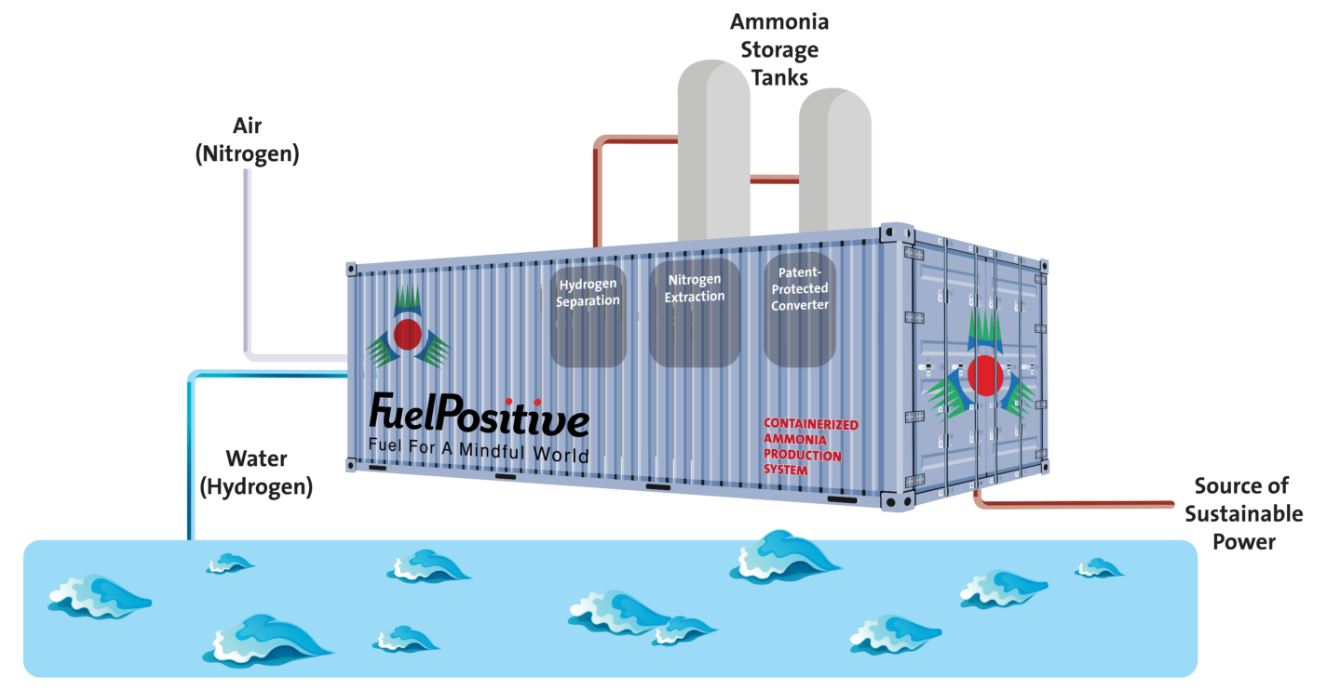 |
|
Une famille d'amis, de Gaetano Chierici (IT, 1838-1920)
Invités non invités, de Gaetano Chierici (IT, 1838-1920)
|
|
 |
|
Why regenerative agriculture is only a part of the answer to sustainable
food systems, by Theresa Lieb, November 30, 2023
No single solution can solve our food and climate challenges.
Regenerative agriculture has slowly but surely taken over the sustainability
programs of America’s food corporations. PepsiCo, ADM, Cargill and General
Mills are among the big companies encouraging their suppliers to adopt
regenerative practices. Those practices are also supported by the U.S.
government’s $3.1 billion Partnerships for Climate-Smart Commodities program.
This development has important benefits: Planting cover crops, reducing
tillage and rotating crops, among other regenerative practices, offer
a range of environmental advantages and can make farms more profitable.
In the best case, they can even sequester carbon in soils. So, there’s
nothing wrong with regenerative agriculture itself.
But the narrow focus has been crowding out work on more systemic food
systems issues, such as food waste, dietary change and crop diversity,
that need addressing. How did we get here, and how can we correct the
course?
What’s behind its popularity?
Regenerative agriculture has been the right-sized sustainability pill
for U.S. policymakers and companies to swallow. It’s big enough to elicit
the appearance of meaningful change but small enough not to make too many
people uncomfortable.
Three factors underlie its nearly universal support:
1. Minimal business disruption
Changing the practices of thousands of farmers isn’t simple, but it’s
more convenient than revamping entire business models. Replacing conventional
corn with regeneratively grown corn is easier than working with a different
ingredient with superior environmental characteristics. Regenerative agriculture
allows companies to demonstrate a commitment to sustainability while keeping
their supply chains, products and profits intact.
2. Broad political support
While regenerative agriculture isn’t entirely uncontroversial — especially
among farmers themselves — it’s far less polarizing than advocating for
meat reduction or redistributing subsidies from commodity producers to
vegetable farms. Politicians and businesses can demonstrate that they
have finally woken up to agriculture’s climate impacts but don’t have
to step on anyone’s toes to do something about it.
3. Attractive marketing opportunities
Regenerative agriculture allows its proponents to tell heartwarming stories
that feed into America’s romanticized farming narrative. Companies and
politicians can lift up farmers as climate heroes. Images of thriving
cover crops and grazing cattle underscore hard work on the land for the
benefit of all. That’s more attractive than showcasing a cultivated meat
facility or campaigning for smaller portions to reduce wasted food.
>>> Expanding the toolbox
The best path forward is not a choice between regenerative agriculture
and other sustainability approaches — because solving our climate, biodiversity
and economic crises requires multiple approaches.
Let’s instead use the success of regenerative agriculture as an example
for building momentum for additional improvements. With regenerative agriculture’s
established support and rising global awareness of required food system
reform, now is a good time for sustainability teams to recalibrate and
onboard more tools.
.../...
See
greenbiz.com
Foreign ownership of US farmland climbed nearly 9% in 2022, by Nathan
Owens, Dec. 20, 2023
Despite the uptick, acreage owned by China declined as states moved to
restrict adversarial countries from owning U.S. forest, crop and pasture
land.
Foreign ownership of U.S. agricultural land is on the rise as investments
in wind farms and other renewable energy projects grow, according to the
latest report from the U.S. Department of Agriculture.
The amount of farm and forest land held by investors outside the U.S.
totaled 43.4 million acres, an 8.5% increase from 2021 to 2022. Foreign
investors now make up 3.4% of privately-held agricultural land and nearly
2% of all U.S. land, the USDA said Tuesday.
Large land purchases in three states accounted for 45% of the difference.
Alabama and Michigan saw an uptick in forest land activity, while Colorado’s
increase was mostly cropland and pasture.
.../...
See
agriculturedive.com
Bad Joke
|
|
 |
|
The Agricultural Research Service: A History of Innovation
This year marks the Agricultural Research Service's 70th anniversary,
making it a particularly appropriate time to look back at the founding
of this revolutionary agency and its scientific accomplishments. Learn
more.
See
tellus.ars.usda.gov
Extreme forest fires fuel emissions
The annual carbon dioxide emissions generated by forest fires are now
higher than those from burning fossil fuels in Japan, the world’s sixth-largest
CO2 emitter. In particular, emissions from boreal-forest blazes, such
as those in Canada this year, “showed a rapidly growing trend”, says landscape
ecologist and report co-author Xu Wenru. The report calls for countries
to include forest fires in their climate plans — their emissions “cannot
be ignored”, Xu says.
See nature.com
The Great Carbon Rush, by Rory Christie, Scottish Farmer, October 12,
2023
Carbon farming is the new gold rush—or at least it has the potential to
become one with an amazing opportunity to disrupt and transform the stagnant
debate over climate change and agriculture.
This is a remarkable prospect. As farmers, we must stake our claim.
Right now, too many of the combatants in climate-change debates look at
farmers and see only problems. In their view, the people who raise animals,
seed land, and harvest food by running tractors over fields are carbon
criminals who spew greenhouse gases into the atmosphere.
Yet this overlooks a basic fact of biology: Plants remove carbon from
the air, turning it into plant material or storing it in the soils. A
fellow Global Farmer Network member and Brazilian farmer Andre Dobashi
has called this process “carbon kidnapping” – using carbon-smart practices
on their farm that makes the soil healthier by increasing organic matter
and the soils productivity.
Farmers are in fact an important part of the solution to climate change.
What is needed is to recognize and reward the good work they’re already
doing and harness their determination and creativity to do even better.
.../...
See globalfarmernetwork.org
Le goût des armes, de Gaetano Chierici (IT, 1838-1920)
|
|
 |
|
All gone, de Gaetano Chierici (IT, 1838-1920)
|
|
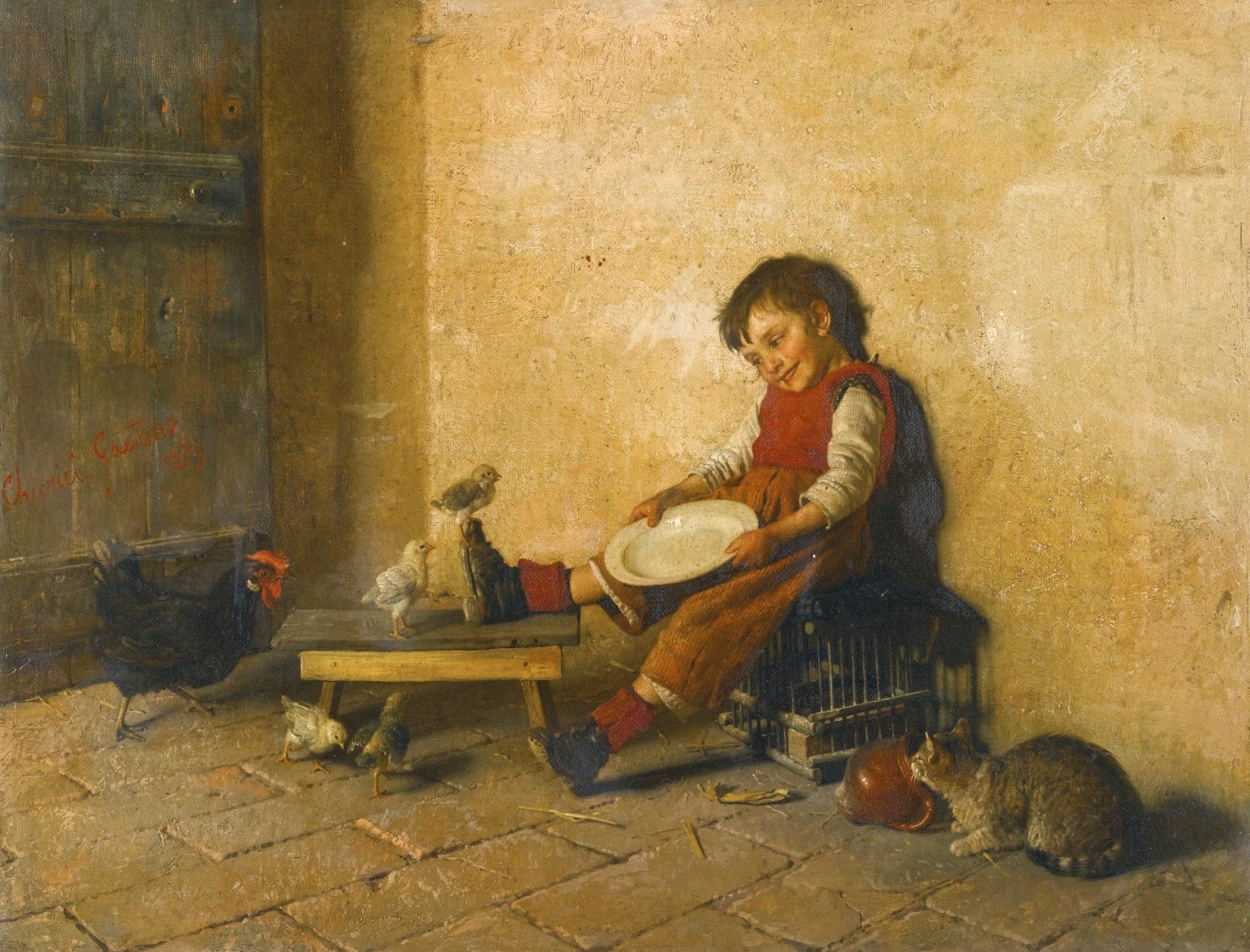 |
|
A Better Way to Get Oysters? Try Growing Them on Land (Source Bloomberg)
In Japan, a producer says cultivating the shellfish in tanks of seawater
is the future.
See Bloomberg
Archive
Will reducing beef save our planet? By Lucy M. Stitzer, December 15,
2023
At the recent COP28 Climate Summit, the UN stated that wealthy nations
should reduce red meat and dairy to avert a global health crisis. But
aren't ranchers and dairy farmers proactively reducing its effects already?
.../...
In fact, California has committed to a 40% reduction of dairy methane
emissions by 2030 just by using digesters alone.
.../...
See
dirt-to-dinner.com
Viewpoint: As the BBC spews organic farming propaganda, the world’s
poor suffer, by Henry Miller, Kathleen Hefferon, September 28, 2023
How many people around the world are currently living in poverty? The
World Bank reports that a little over 9%, or approximately 720 million
people, are subsisting on less than US$2.15 a day.
In the US, where poverty is measured differently, a staggering 10% of
the population, or almost 40 million people, are living below the poverty
line.
How about the UK? Approximately 20%, or 14 million citizens, are in poverty.
That’s a lot of food-insecure people in one of the wealthiest countries
in the world. But while many in the farming and scientific communities
understand the relationships among agricultural practices, the cost of
food, and food security, the staff of the BBC (British Broadcasting Corporation)
seem clueless about them.
The government broadcaster came under fire from the think-tank Science
for a Sustainable Agriculture (SSA) for posting misleading, pro-organic
statements on their online “Bitesize revision guides,” which are aimed
specifically at students.
In the US, where poverty is measured differently, a staggering 10% of
the population, or almost 40 million people, are living below the poverty
line.
How about the UK? Approximately 20%, or 14 million citizens, are in poverty.
That’s a lot of food-insecure people in one of the wealthiest countries
in the world. But while many in the farming and scientific communities
understand the relationships among agricultural practices, the cost of
food, and food security, the staff of the BBC (British Broadcasting Corporation)
seem clueless about them.
The government broadcaster came under fire from the think-tank Science
for a Sustainable Agriculture (SSA) for posting misleading, pro-organic
statements on their online “Bitesize revision guides,” which are aimed
specifically at students.
.../...
See
geneticliteracyproject.org
Amore fraterno
|
|
 |
|
Una catastrofe, 1887, de Gaetano Chierici (IT, 1838-1920)
|
|
 |
|
Lessons in lifesaving from Brazil, By Bill Gates| December 12, 2023
What the biggest country in South America can teach the world about healthcare.
.../...
Of course, despite all the progress that’s been made in recent decades,
Brazil still faces challenges. Financial crises and austerity budgets
have led to cuts in healthcare spending, for example, and there are still
districts where poorer residents have no access to CHWs (CHW: community
health worker).
But Brazil’s healthcare system doesn’t have to be perfect to serve as
proof of what happens when a country invests strategically in care for
its most vulnerable: The returns are often far-reaching and life-changing.
That is why Brazil is highlighted by the Exemplars in Global Health program,
which I helped launch in 2020. The program's mission is to identify countries
that have made remarkable progress on health problems, understand the
keys to their success, and share those insights globally so others can
make similar progress. By that standard, Brazil has a lot to teach.
That’s not to say any country can or should replicate Brazil’s approach
exactly, since no two countries are alike. But with the right mix of investment
and innovation, Brazil has made great strides in becoming a healthier
place for its people. If the country continues on that path and keeps
doing what it’s done well already, and if other countries follow—or simply
forge their own paths with Brazil in mind—we’ll have a healthier world,
too.
|
|
 |
|
|
|
 |
|
FDA Approves First Gene Therapies to Treat Patients with Sickle Cell
Disease
Today, the U.S. Food and Drug Administration approved two milestone treatments,
Casgevy and Lyfgenia, representing the first cell-based gene therapies
for the treatment of sickle cell disease (SCD) in patients 12 years and
older. Additionally, one of these therapies, Casgevy, is the first FDA-approved
treatment to utilize a type of novel genome editing technology, signaling
an innovative advancement in the field of gene therapy.
Sickle cell disease is a group of inherited blood disorders affecting
approximately 100,000 people in the U.S. It is most common in African
Americans and, while less prevalent, also affects Hispanic Americans.
The primary problem in sickle cell disease is a mutation in hemoglobin,
a protein found in red blood cells that delivers oxygen to the body’s
tissues. This mutation causes red blood cells to develop a crescent or
“sickle” shape. These sickled red blood cells restrict the flow in blood
vessels and limit oxygen delivery to the body’s tissues, leading to severe
pain and organ damage called vaso-occlusive events (VOEs) or vaso-occlusive
crises (VOCs). The recurrence of these events or crises can lead to life-threatening
disabilities and/or early death.
.../...
See
fda.gov
London hospital cuts waiting lists with innovative system, by Rachel
Sylvester, December, 10 2023
Guy’s and St Thomas’ hospital has slashed its elective backlog by running
two operating theatres side by side.
Surgeons at one London hospital are performing an entire week’s operations
in a single day as part of a ground-breaking initiative that could help
tackle the record waiting lists in the NHS.
Guy’s and St Thomas’ NHS Foundation Trust has already slashed its own
elective backlog in certain specialities by running monthly HIT (High
Intensity Theatre) lists at weekends.
Under the innovative model, two operating theatres run side by side and
as soon as one procedure is finished the next patient is already under
anaesthetic and ready to be wheeled in.
Nurses are on standby to sterilise the operating theatre and instead of
taking 40 minutes between cases it takes less than two, the only delay
is the 30 second it takes for the anti-bacterial cleaning fluid to work.
See
thetimes.co.uk
Dispiacenze infantili, de Gaetano Chierici (IT, 1838-1920)
|
|
 |
|
Perspective: We make sacrifices in all conditions for our animals,
by Kelsey Pagel, December 06, 2023
We recently had our first snow fall of the season here in Northeast Kansas.
It was pretty significant, between 4 and 10 inches, depending on location.
With it came all the social media posts about the love and beauty of the
snow or the intense dislike of it. I don’t like snow. I keep telling Matt,
my husband, my goal is to live somewhere I can leave my garden hose out
year round and it never freezes. Yes, the moisture is nice since we’re
in a multiple-year drought, but why can’t it come in the form of rain
when the temperature is above 15 degrees!
I’ve come to realization there is a direct correlation between people
who love snow and people that don’t have livestock. We grew up with livestock
— pigs and cattle. We started calving in mid-March when it wasn’t quite
warm yet. We checked all of them on four-wheelers. I was born March 12.
Even though my mom had a C-section with me, the cows are her love on the
farm, and while dad helped more than normal that first season, you can
guarantee I was on the four-wheeler with her and my two older sisters
checking calving cows.
.../...
See
agdaily.com
See teampagel.com
Soviet jokes gathered by the US Embassy in Moscow
|
|
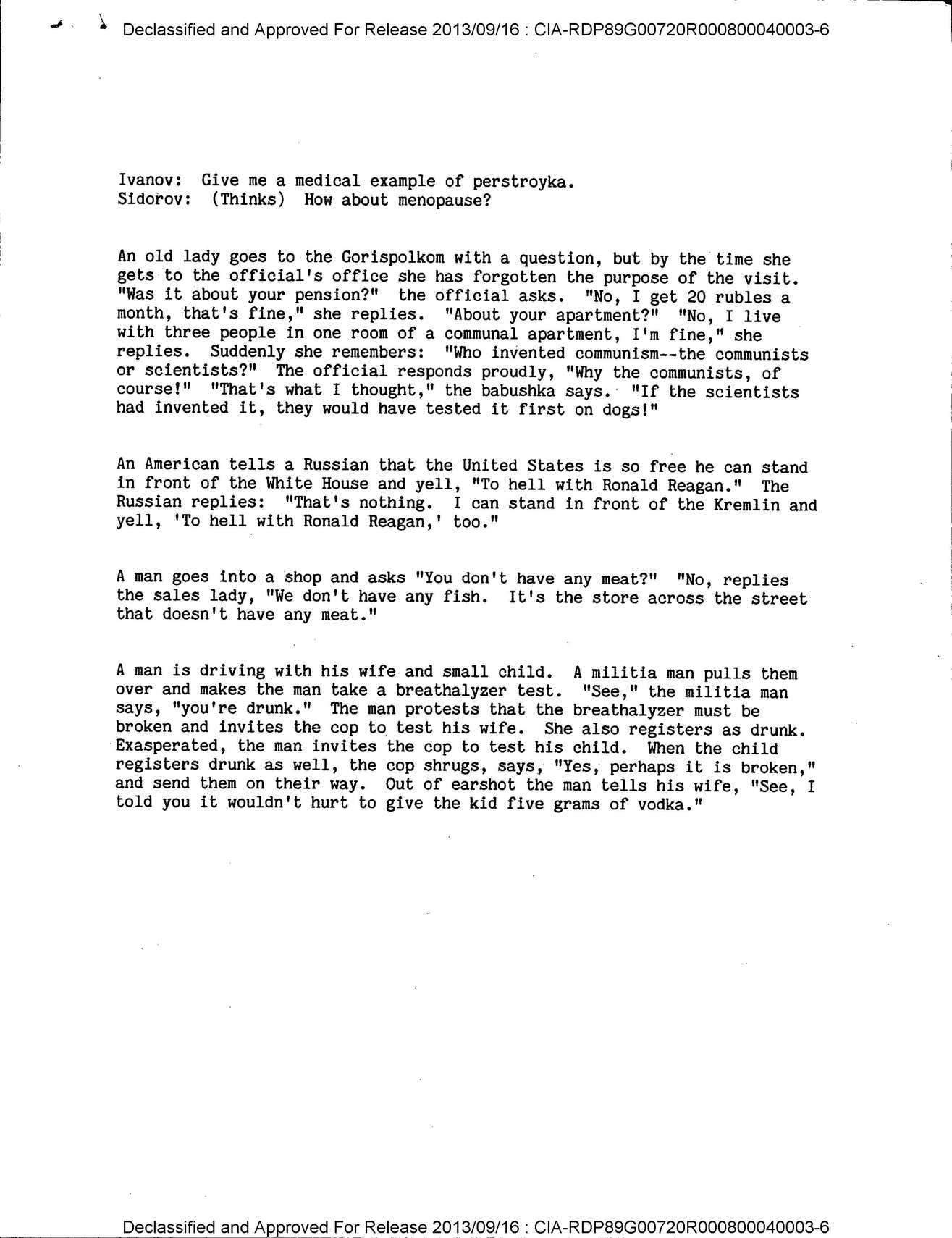 |
|
Coquette: A Tiktok success
Mortgage rates: Down and Up
Abortion pills success
Japan's currency variations
AI killing jobs? Or helping workers?
Useful banks
Canada had to cope with extreme forest fires last summer. For Russia
it is quite often the case…
More real physical stocks
Ozempic (and Wegov) against Diabetes and Obesity / Ozempic (et Wegov)
comme le Médiator, contre le diabète et l'obésité
Obesity, a bonanza
Obesity is making Eli Lilly happy
All pills at the sale price as Ozempic
Medicaid Coverage of Obesity Medicines
The edition of this efita newsletter is sponsored by Acta Digital
Services and its distribution by vitisphere.com
Please, contribute to the content of your efita newsletter, and advertise
your events, new publications, new products and new project in this
newsletter. Without your support, it will not survive!
Contact: Guy WAKSMAN
E-mail: guy.waksman(a)laposte.net
To read this newsletter on our web site
See Efita
The archives of this newsletter
See Efita
About the EFITA mailing list
You can use the efita moderated list (> 15000 subscribers) to announce
any event / product / web site / joke (!) related to IT in agriculture,
environment, food industry and rural areas.
If you want to subscribe a friend, please fill in his
form.
If you do not wish to receive our messages, please fill in the following
form...
|























